Dried fruit is a healthy, convenient snack that’s perfect for adding to oatmeal, salads, or enjoying straight out of the bag. To fully enjoy their flavors and reap their benefits, it’s crucial to store and preserve them properly. If you’ve ever wondered how to store vacuum-sealed dried fruit for optimal freshness, this article will guide you through the best practices.
What is the Best Way to Store Dried Fruit Long Term?
The best way to store dried fruit long term is by using vacuum-sealed packaging. Vacuum sealing removes air and moisture, two of the main factors that contribute to the deterioration of dried fruit. The vacuum-seal process removes moisture, which could otherwise lead to mold growth and spoilage. Dried fruit is preserved in its ideal state without the risk of rehydration.
Vacuum-sealed dried fruits can last up to 2 to 3 years or even longer, depending on the type of fruit, compared to non-sealed options that may last only a few months.
For long-term storage, it's also important to keep the vacuum-sealed bags in a cool, dark, and dry place. This ensures that the dried fruit remains in the best possible condition for as long as possible.
The Power of Vacuum Sealing
Vacuum sealing is a powerful preservation technique that plays a crucial role in extending the shelf life of dried fruits. By removing air from the packaging and creating an airtight seal, it effectively prevents the growth of microorganisms and the oxidation process. Without air, bacteria and microorganisms that thrive in oxygen-rich environments cannot grow, allowing the dried fruits to remain safe to eat for months or even years.
Shelf Life Expectancy of Vacuum-sealed Dried Fruits
Vacuum-sealed dried fruits generally have a longer shelf life compared to non-sealed dried fruits, thanks to the reduced exposure to air and moisture. Here’s a breakdown of the shelf life expectancy of various types of vacuum-sealed dried fruits:
- Berries (e.g., cranberries, blueberries, strawberries): 1 to 2 years
- Stone Fruits (e.g., apricots, peaches, plums): 1 to 3 years
- Citrus Fruits (e.g., oranges, lemons, grapefruits):1 to 3 years
- Apples and Pears: 2 to 4 years
- Tropical Fruits (e.g., Bananas, mangoes, pineapples, papayas):1 to 2 years
- Dates: 2 to 3 years. Dates are rich in natural sugars, and vacuum sealing keeps them moist and flavorful for extended periods.
- Pomegranates: 1 to 2 years
Factors Affecting Shelf Life of Dried Fruits
The shelf life of dried fruits can be influenced by several factors, including:
- Initial Quality: The quality of the fruit before drying can impact its shelf life. Ripe, fresh, and properly dried fruits will last longer than fruits that were improperly handled or dried. Always use high-quality dried fruits free from spoilage or mold before vacuum sealing.
- Temperature: High temperatures can cause dried fruits to lose their flavor and texture more quickly. The best temperature range for storing dried fruits is between 50°F and 70°F (10°C to 21°C). Store vacuum-sealed dried fruits in a cool, dry place away from direct sunlight to avoid heat-induced spoilage.
- Moisture Content: Dried fruits should have low moisture content to prevent the growth of bacteria, molds, and yeast. If moisture levels are too high, the fruit can spoil faster.
- Vacuum Sealer Efficiency: The effectiveness of your vacuum sealer will impact the longevity of dried fruits. Invest in a reliable vacuum sealer that efficiently removes air and creates a strong seal.
- Packaging Material: Choose high-quality vacuum-seal bags or containers designed for food preservation to ensure optimal results.
Shop the Best Vacuum Sealer and Vacuum-seal Bags
The Ciarra Gadgets Portable Wireless Vacuum Sealer Machine features a high-powered motor designed for maximum air removal, ensuring a perfect, airtight seal every time. Unlike other brands, this vacuum sealer utilizes a 1500mAh large-capacity battery, providing extended operation time and multiple uses on a single charge, making it more efficient and long-lasting.
Advantages Over Other Brands:
Stronger Suction: Thanks to its powerful motor and superior suction technology, this vacuum sealer removes air more effectively, creating a tighter seal compared to many competitors.

Larger Battery Capacity: The 1500mAh battery offers longer usage, which is ideal for sealing multiple items without needing to recharge. Other brands may offer lower battery capacities, resulting in shorter operating times.

Three Modes to Suit Your Needs: Choose between vacuum & seal mode, sealing mode, or external vacuum mode for versatile food preservation. Whether you need to vacuum-seal meats, vegetables, or snacks, this sealer adapts to your needs.
You may be interested in: How to Use Vacuum Sealer Step by Step
Why Ciarra’s Vacuum-Sealed Bags Stand Out
Ciarra’s vacuum-sealed bags offer superior sealing performance compared to many other brands, providing a more effective way to preserve food and reduce waste.
When using Ciarra’s high-quality vacuum bags, meat can stay fresh for 13–15 days in the refrigerator—significantly longer than the 2–3 days typically offered by other vacuum-sealing bags.
Ciarra’s Vacuum-Sealed Bags: Key Features
1. High-Quality Construction
Made from multi-layered, BPA-free materials, Ciarra’s vacuum bags are designed to block moisture and oxygen, which are the primary culprits behind food spoilage.
Plus, they are reusable, making them a cost-effective choice for frequent use.
BPA stands for Bisphenol A, a chemical compound commonly used in the production of plastics and resins. It's found in many consumer products like water bottles, food containers, and even in some vacuum-sealing bags. BPA has been a topic of concern due to its potential health risks, as it can leach into food or beverages, especially when heated, and may interfere with hormone levels and cause other health issues.
Ciarra’s Vacuum-Sealed Bags are BPA-free, meaning they are free from this harmful chemical, providing a safer option for food storage. This is a key feature that distinguishes Ciarra’s bags from others on the market.
2. Microwave Heating
Ciarra’s vacuum bags are microwave-safe, so there’s no need to open the bag before reheating.
(However, to ensure there’s no pressure build-up during heating, it’s recommended to make small punctures in the bag to let air escape safely.)
Should You Keep Dried Fruits in the Fridge?
While refrigeration is not necessary for most dried fruits, fridge storage can help extend the shelf life, especially If you live in a humid environment, refrigeration can help protect dried fruits from absorbing moisture from the air and becoming sticky or moldy.
Dried fruits without preservatives or those that have been dried using traditional methods might benefit from being stored in the fridge to preserve their freshness longer.
Tropical fruits (e.g., mangoes, papayas) may benefit from refrigeration as they can be more sensitive to spoilage due to higher sugar content and moisture levels.
How Long Does Vacuum-sealed Fruit Last in the Fridge?
Vacuum-sealed dried fruits stored in the fridge can last between 12 to 18 months, depending on the type of fruit. The cold environment of the fridge helps preserve freshness, slow down the oxidation process, and prevent mold growth.
How Long Does Vacuum-Sealed Dried Fruits Last at Room Temperature?
When stored at room temperature in a cool, dry place, vacuum-sealed dried fruits can last between 6 to 12 months.
How Long Does Vacuum Sealed Dried Fruits Last in a Freezer?
Vacuum-sealed dried fruits stored in the freezer can last up to 2 to 3 years. Freezing locks in the freshness and preserves the fruit’s texture, flavor, and nutrients for an extended period.
Summary Table: Vacuum-Sealed Dried Fruits Storage Comparison
| Storage Method | Shelf Life | Best For |
|---|---|---|
| Fridge | 12 to 18 months | Extending shelf life in humid climates or for homemade dried fruits. |
| Room Temperature | 6 to 12 months | Ideal for most store-bought vacuum-sealed dried fruits. |
| Freezer | 2 to 3 years | Long-term preservation of dried fruits, maintaining freshness and quality. |
Conclusion
Storing vacuum-sealed dried fruit in the fridge is a simple yet effective way to maintain its flavor, texture, and nutrients. By following these storage tips, you can ensure that your dried fruit stays fresh for months, making it a convenient snack for any time of day. Always check the packaging for the best-by date, and enjoy your dried fruit while it’s at its best!

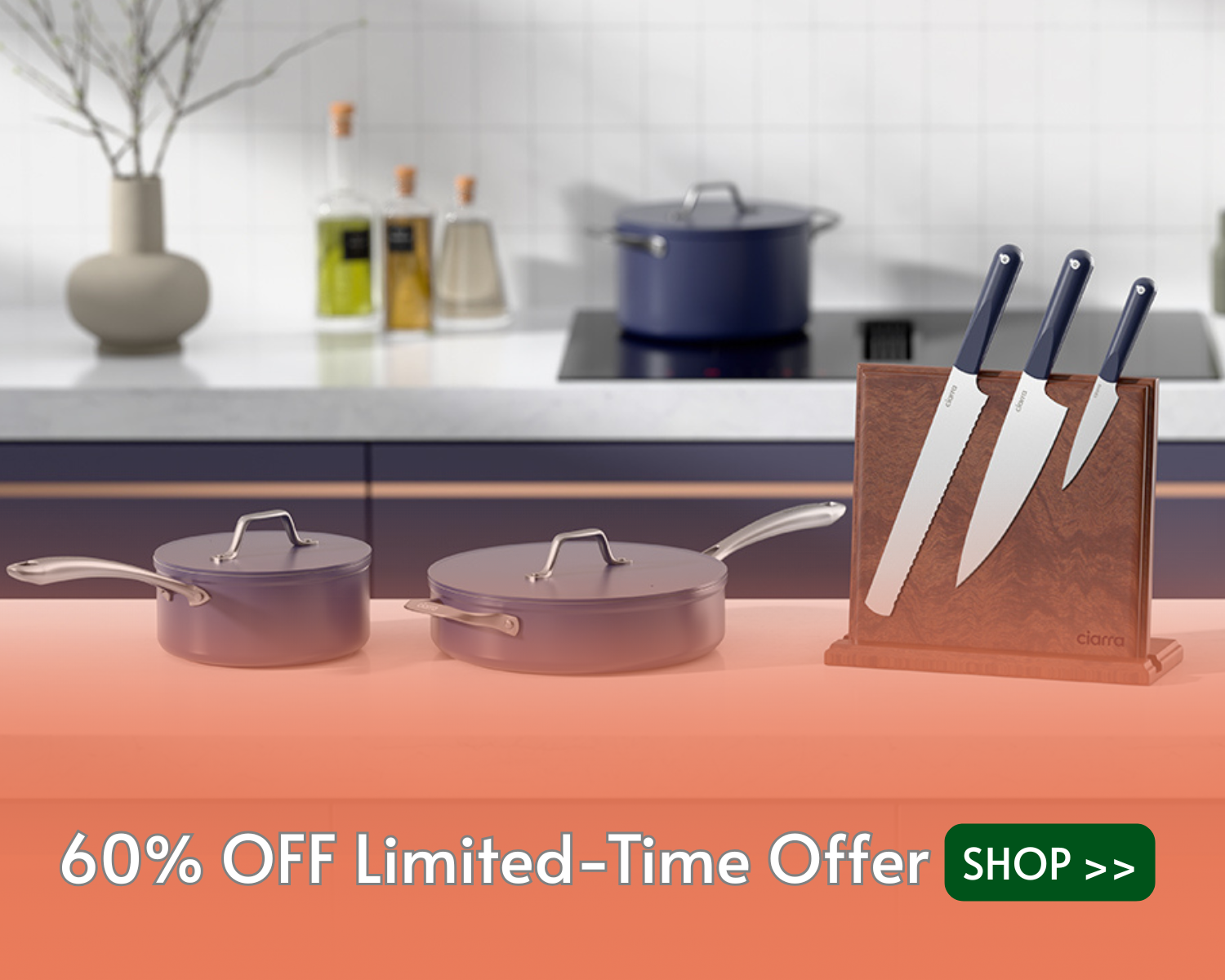

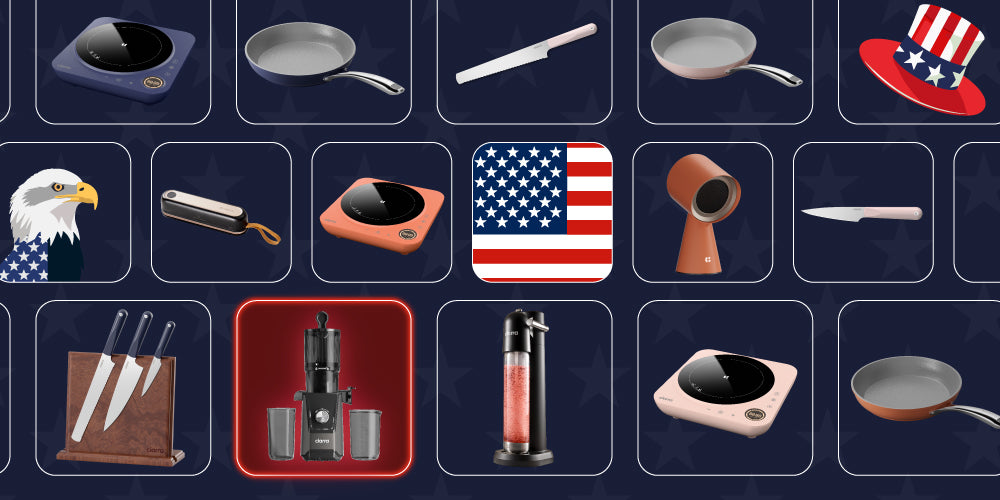
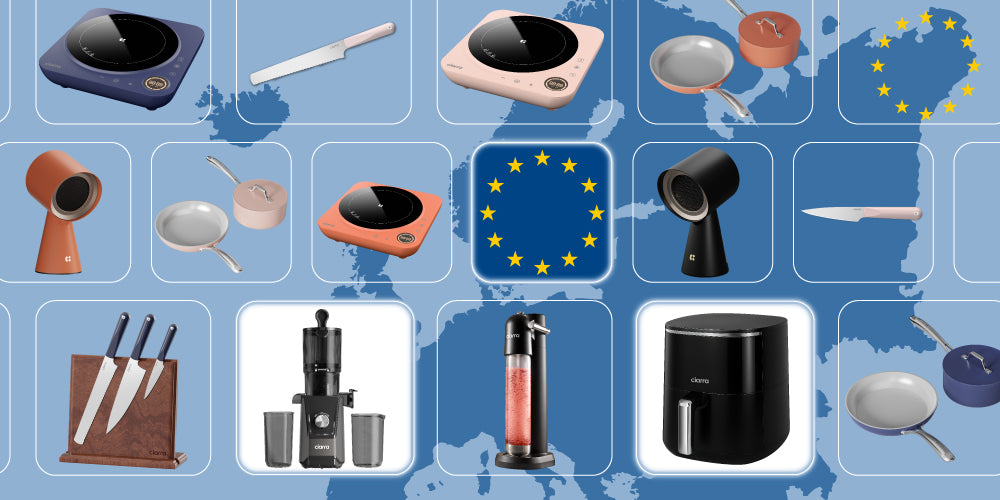
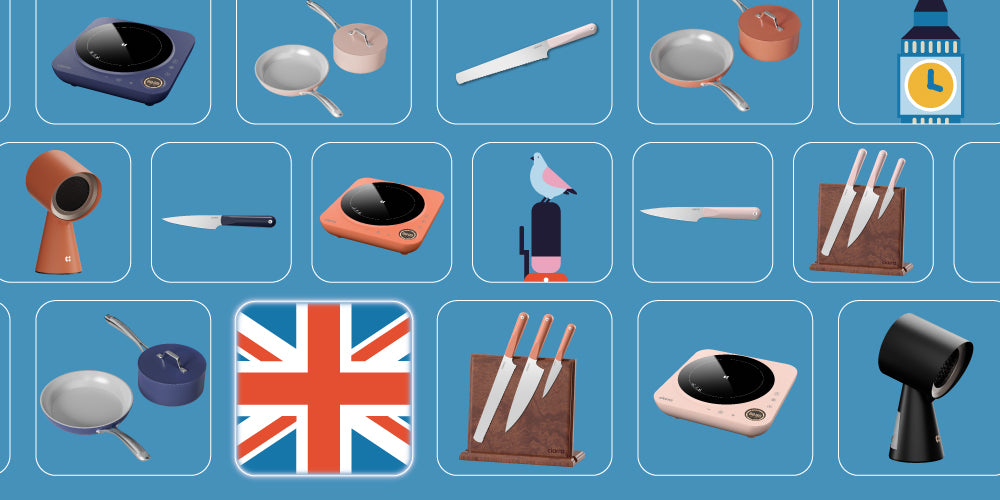
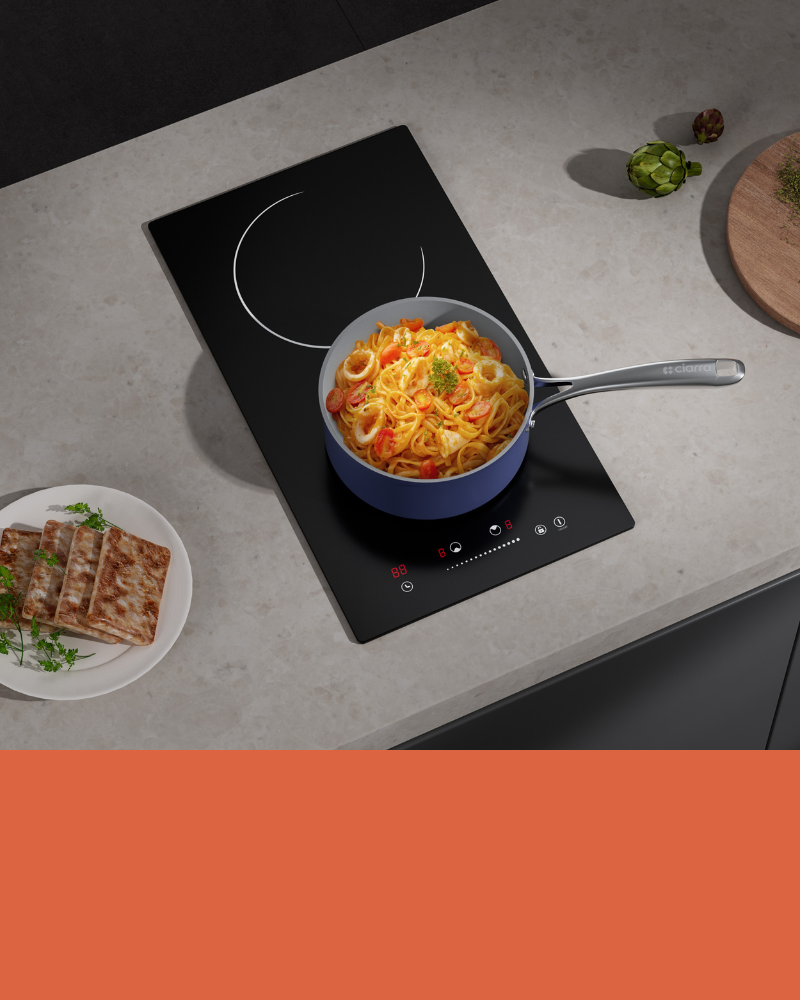
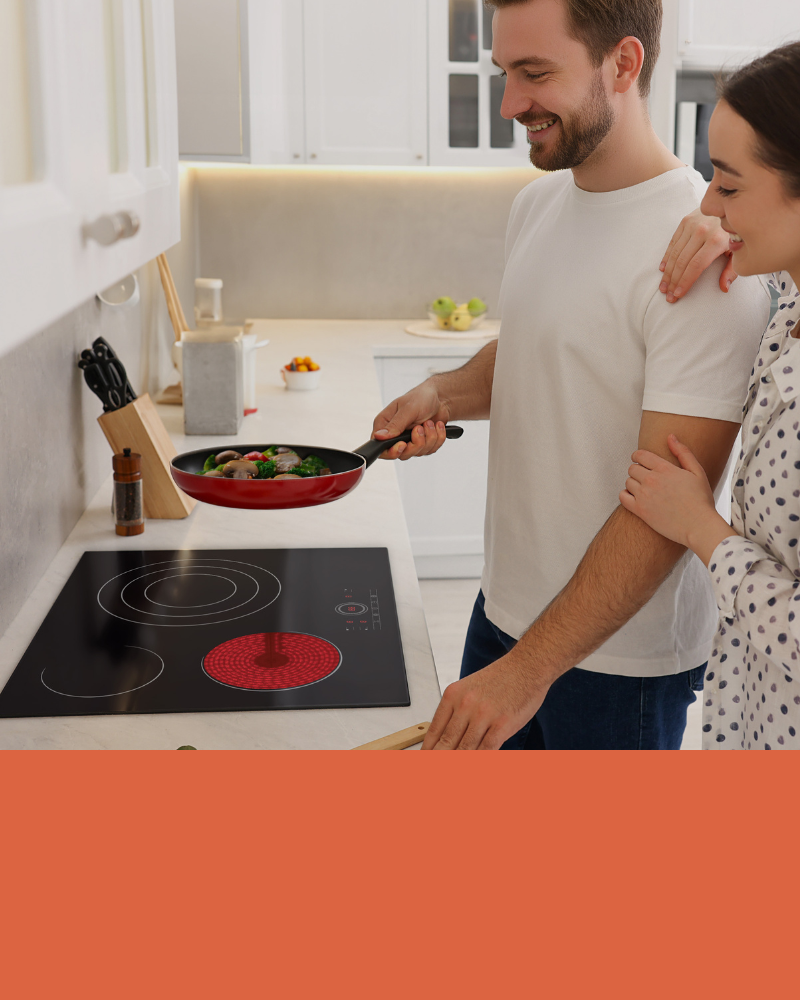
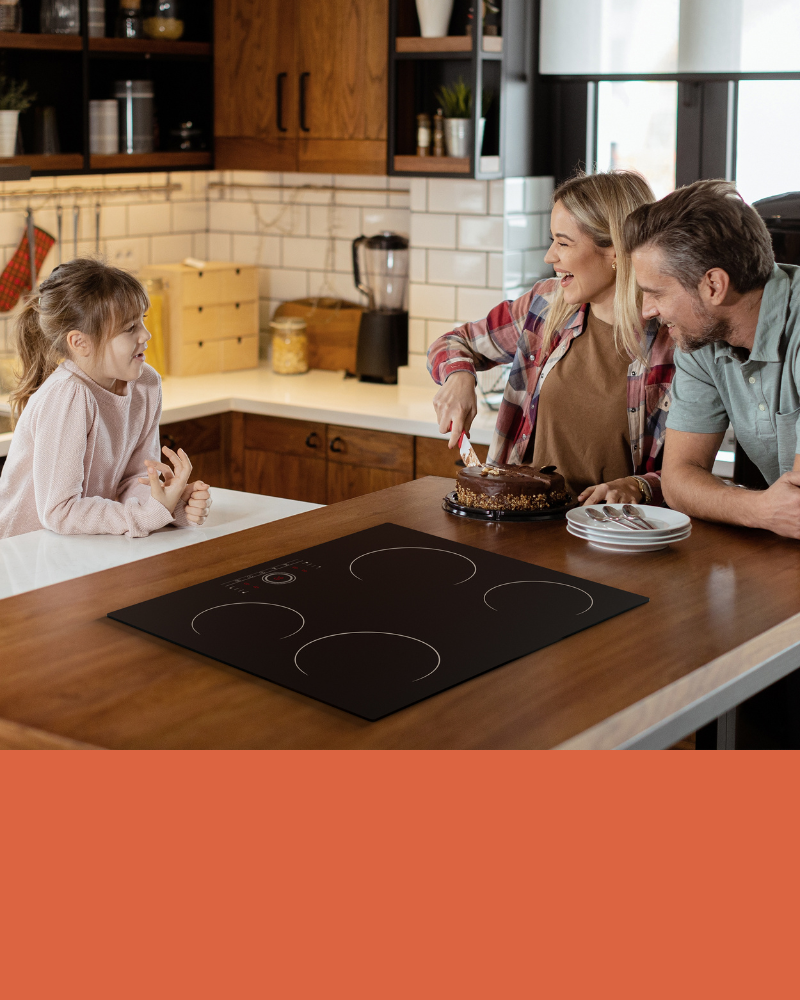
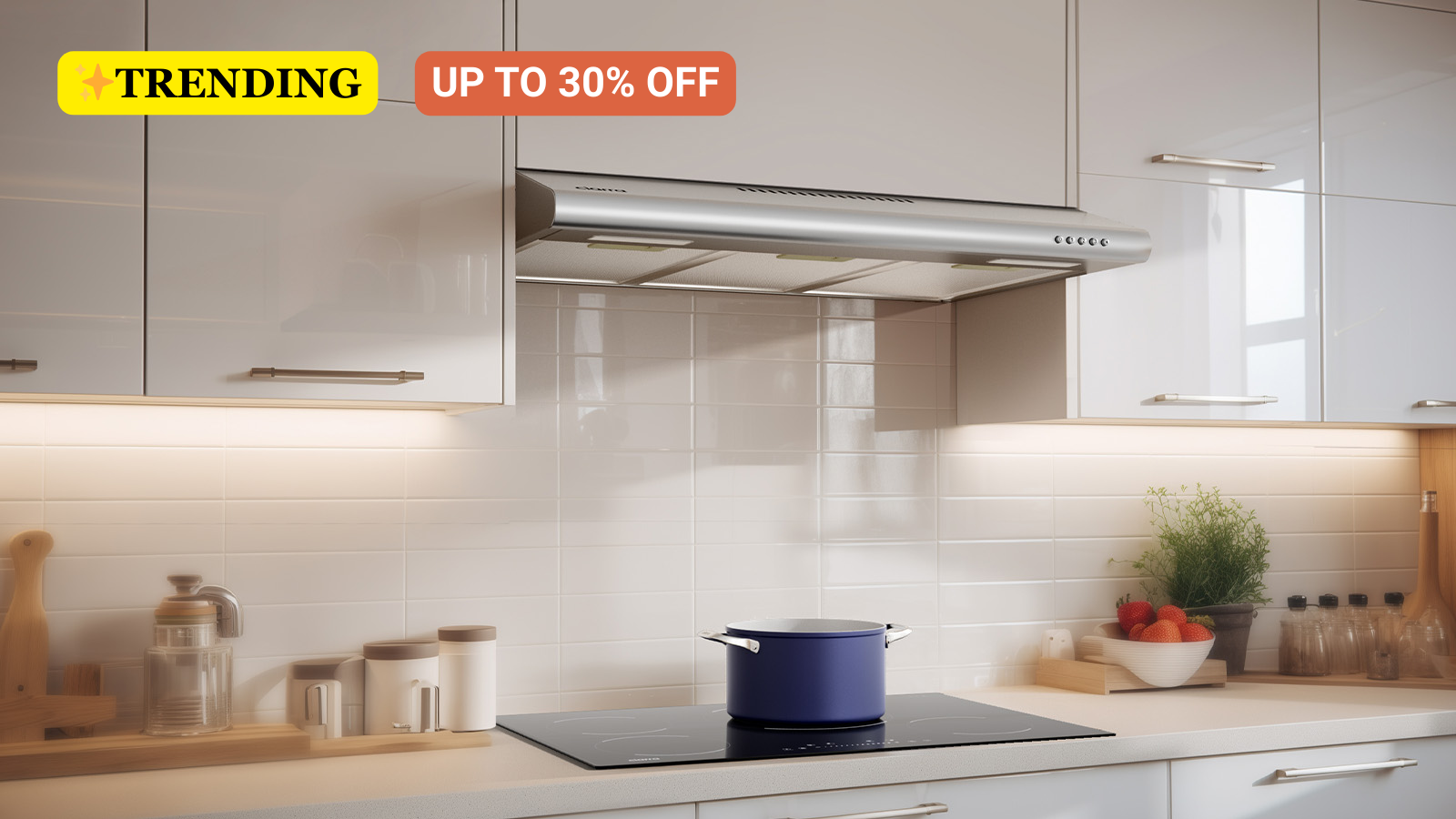
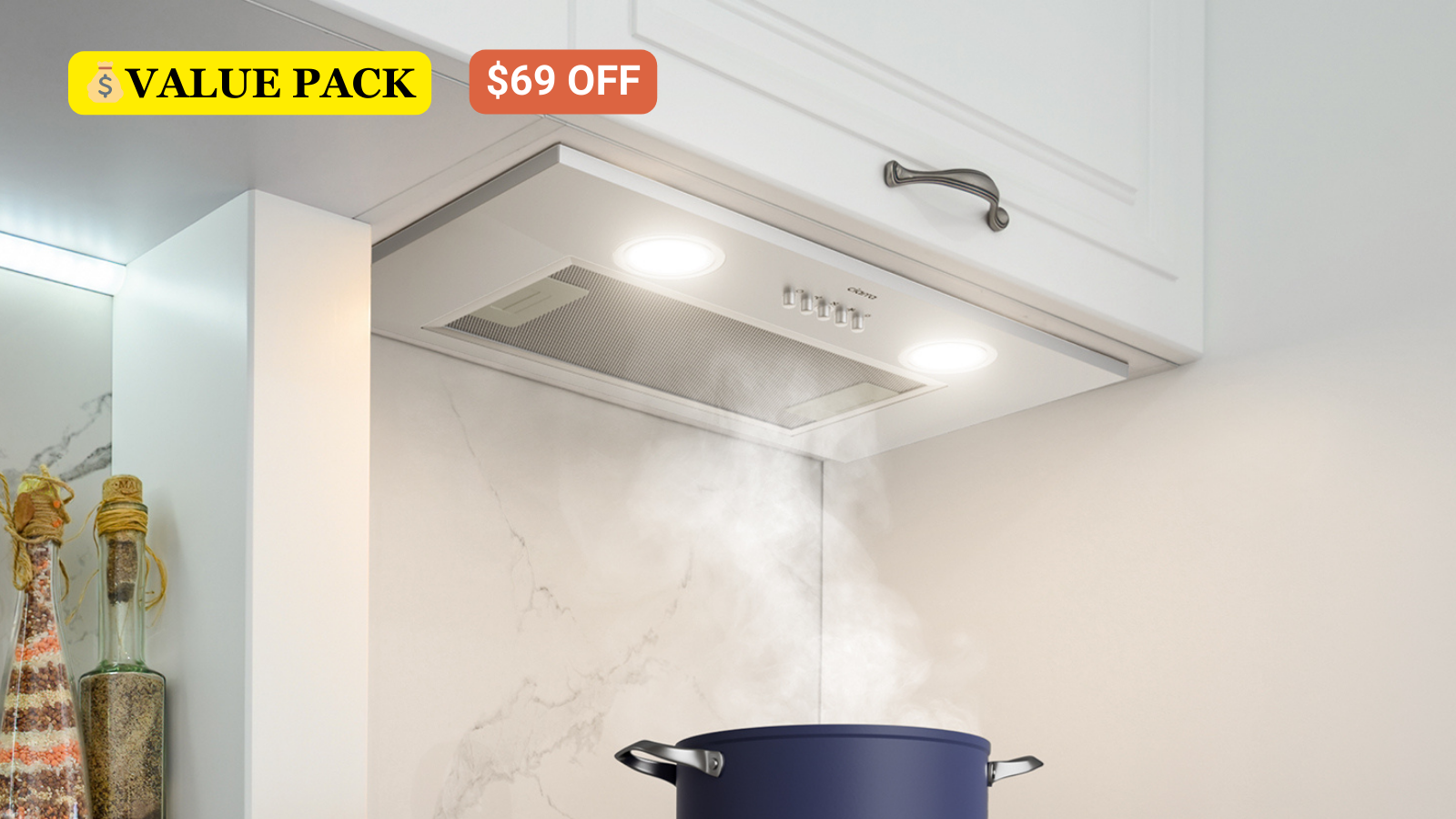
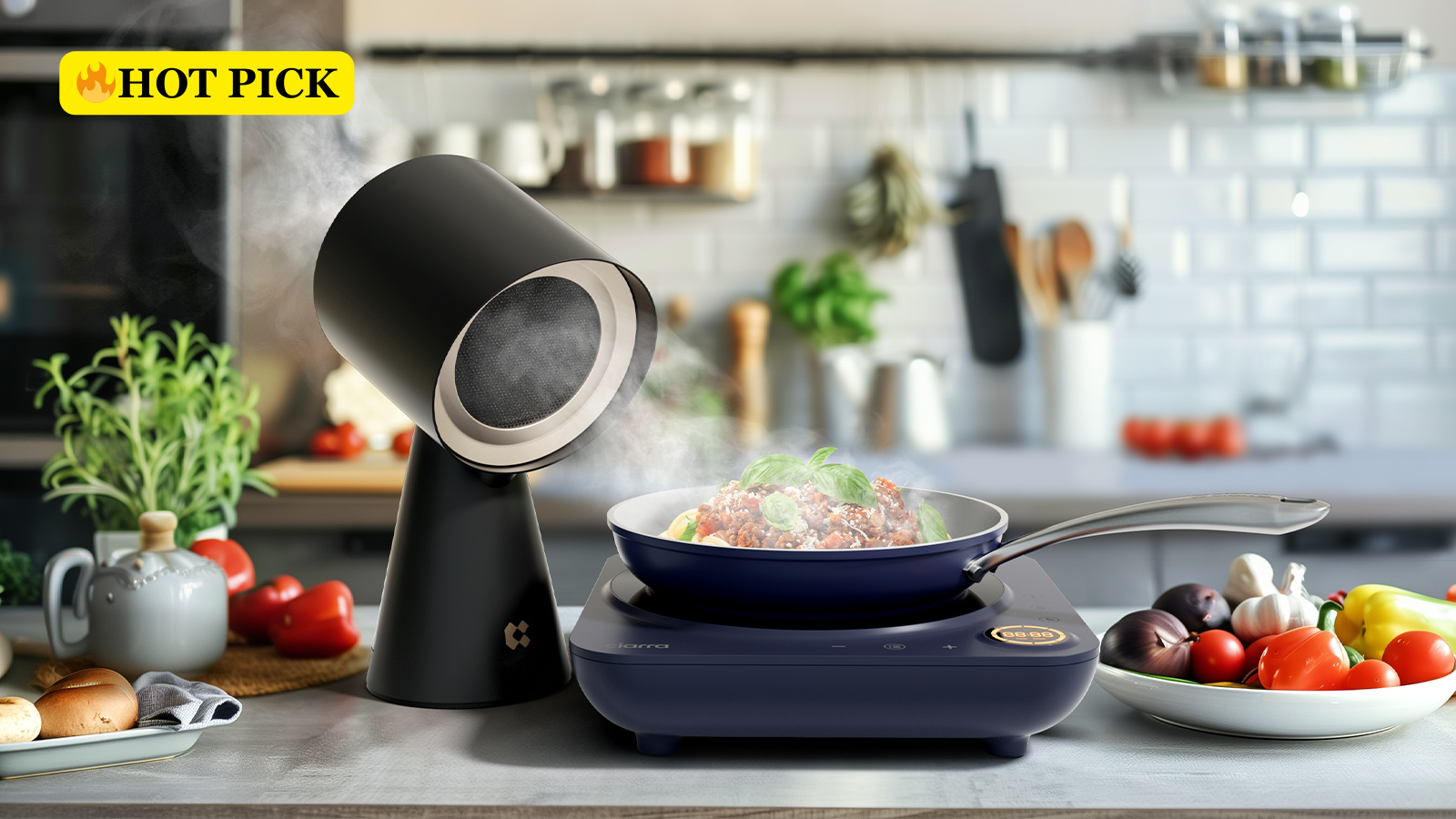
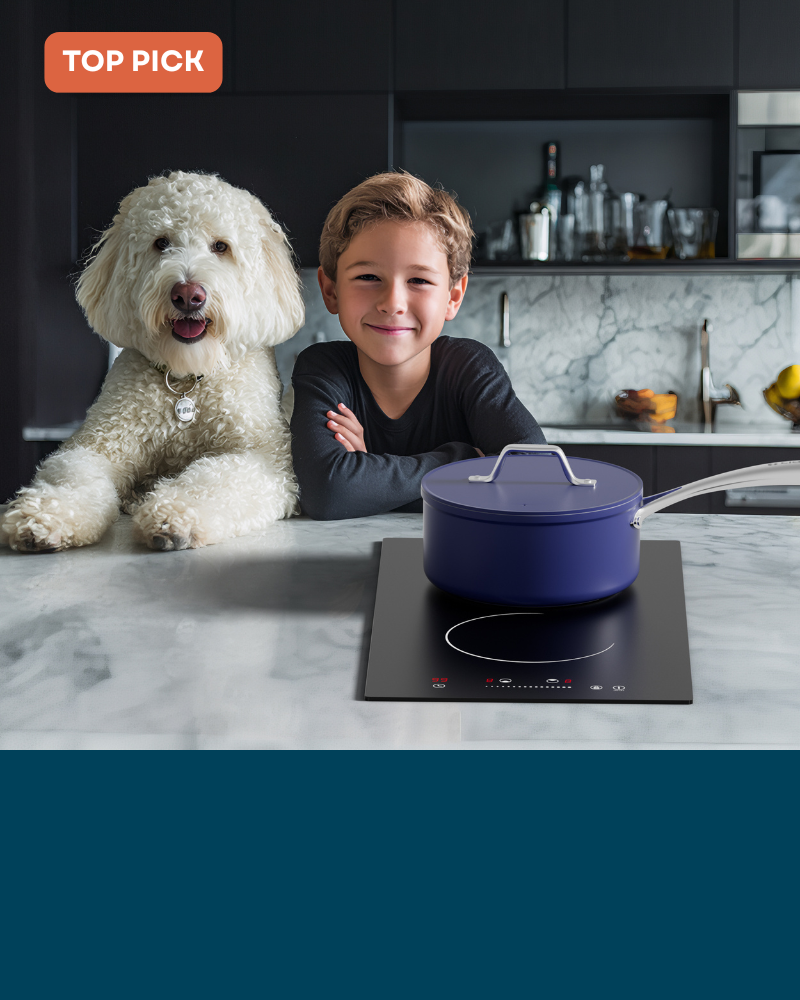
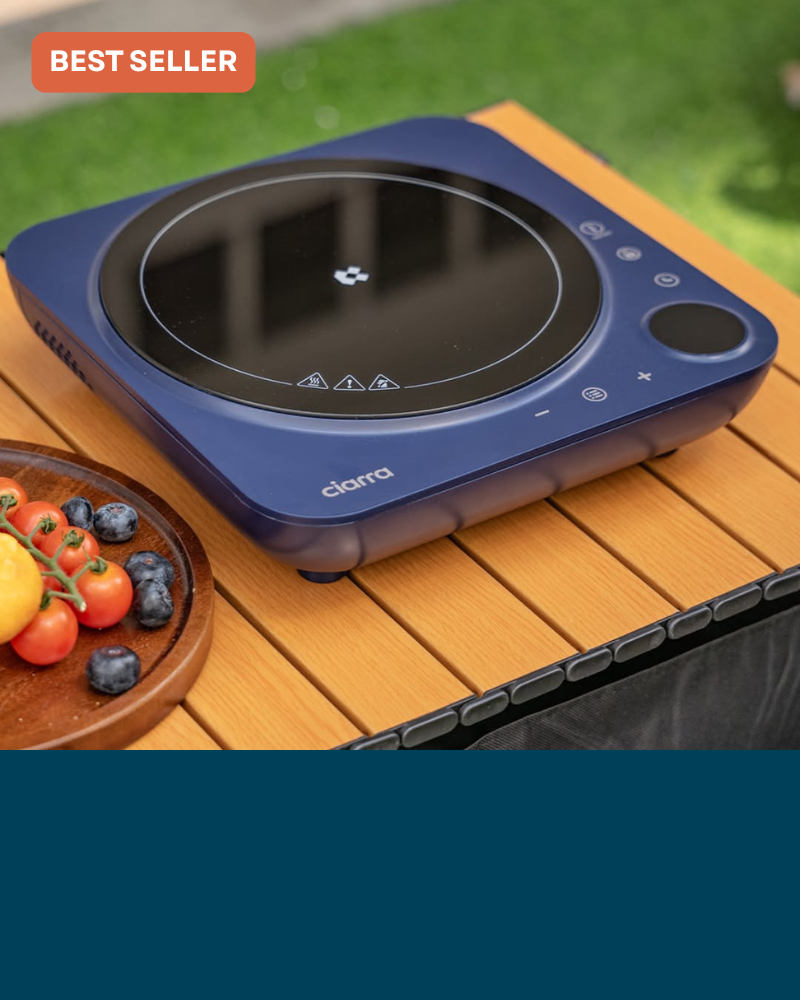
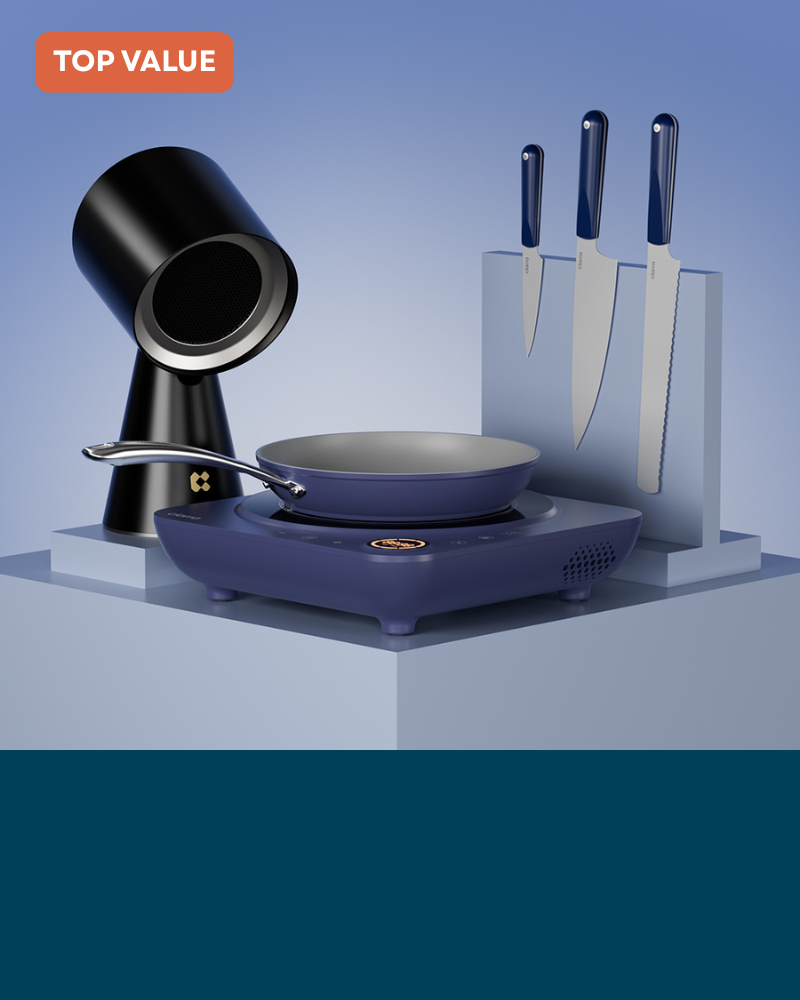
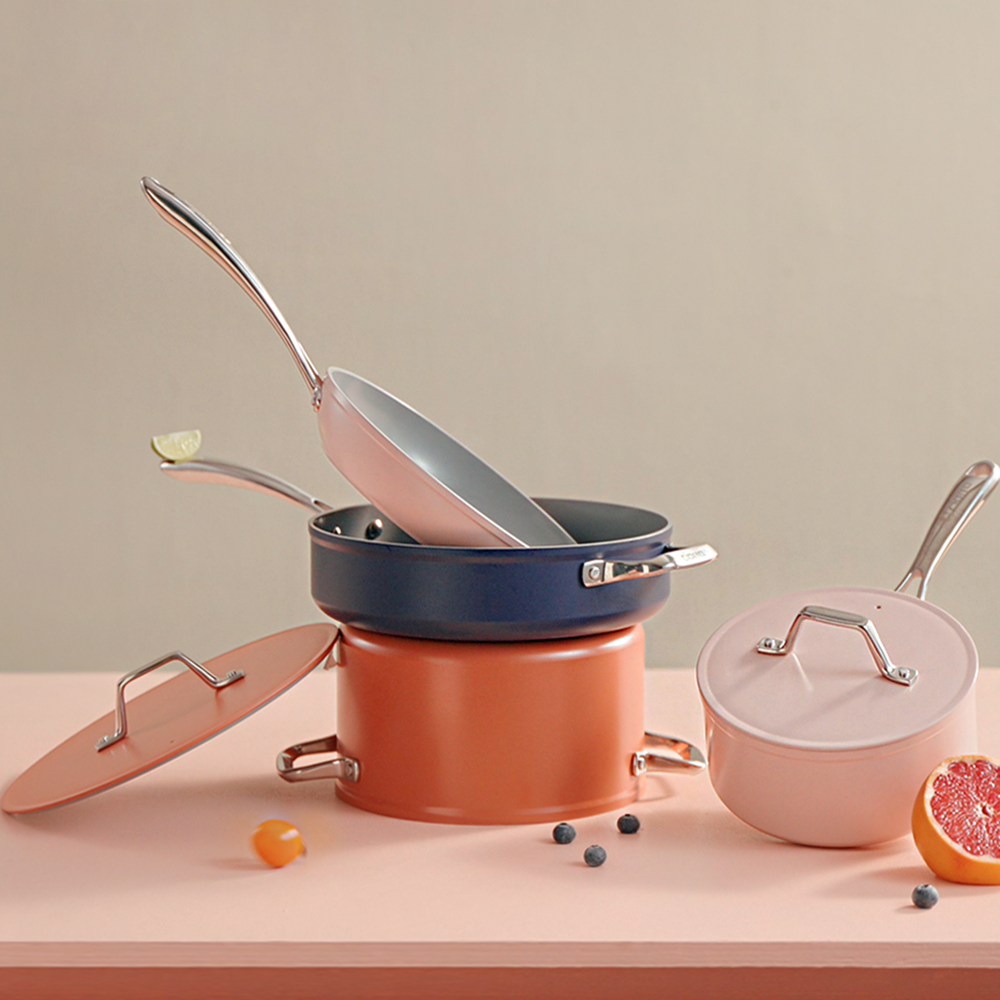
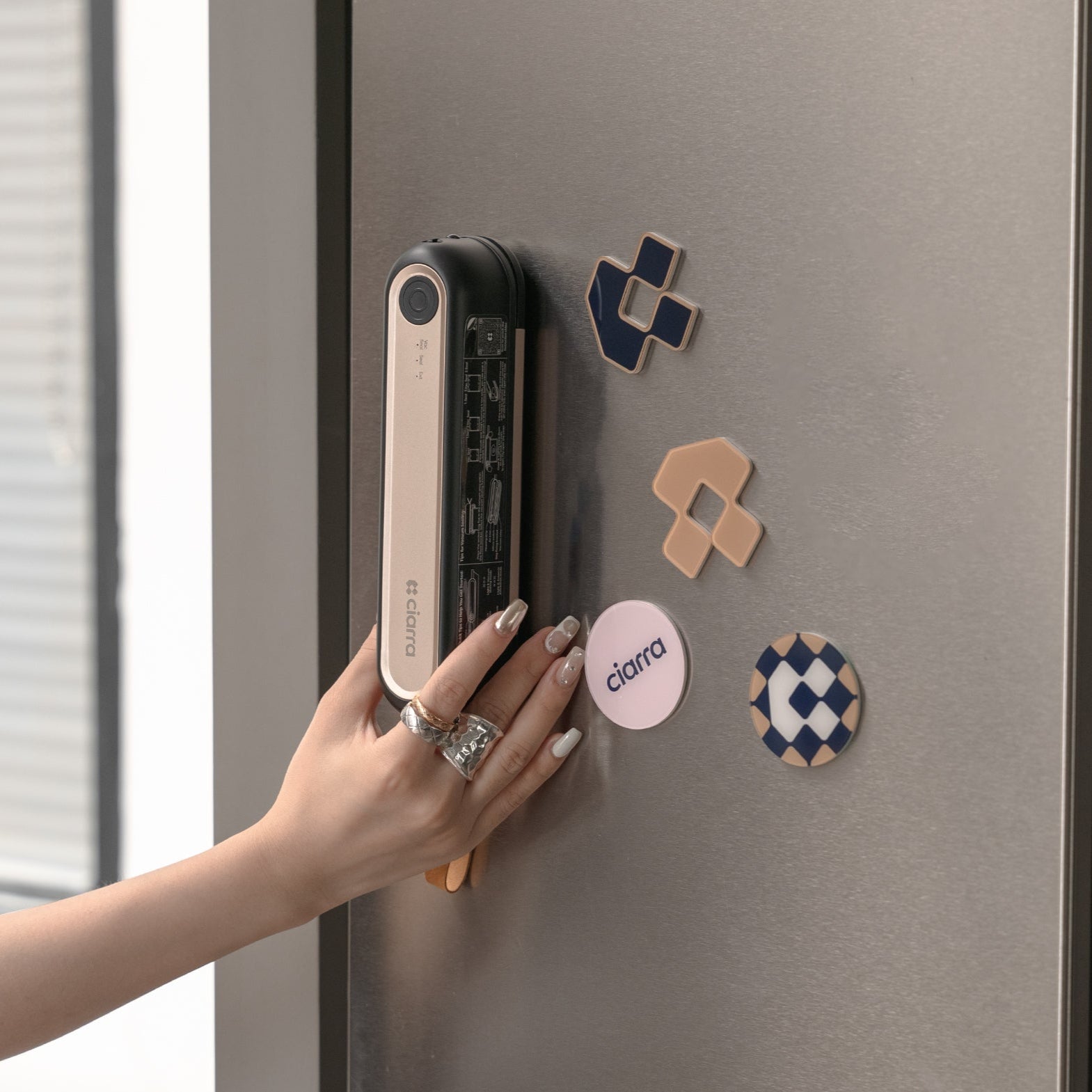
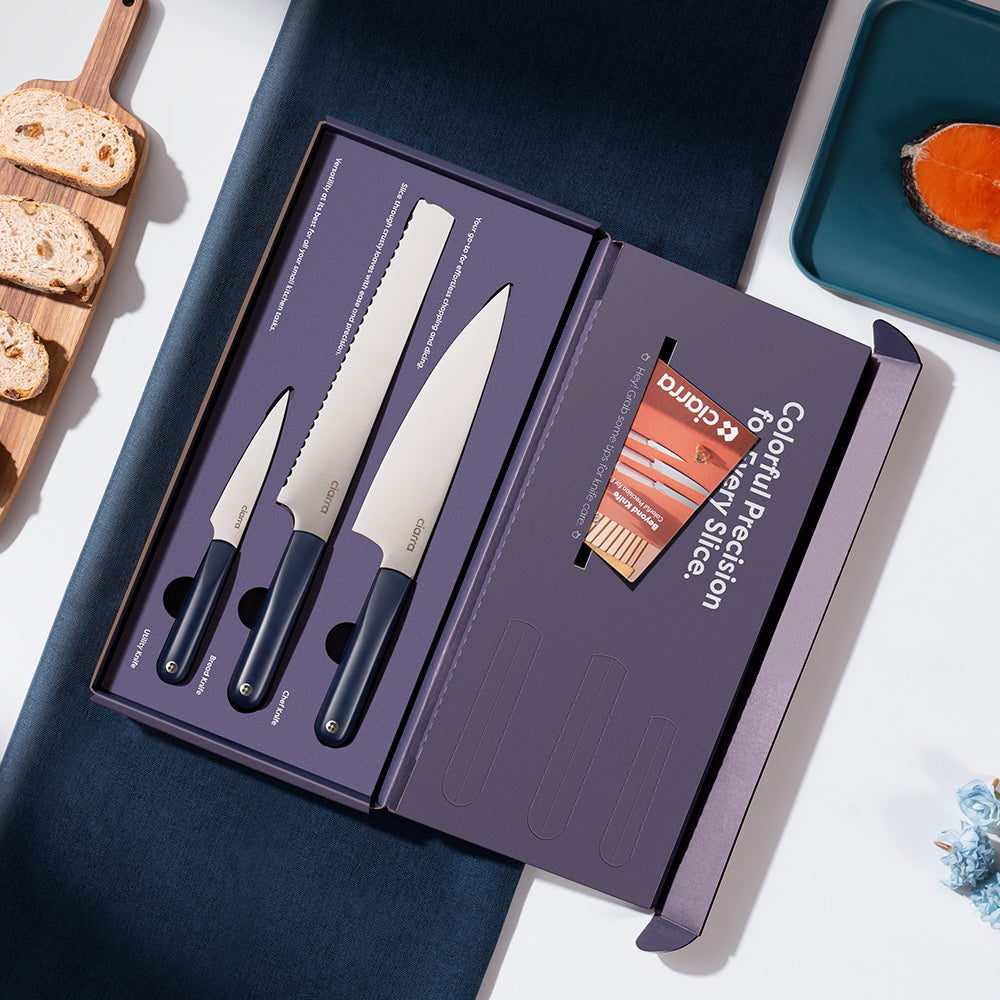

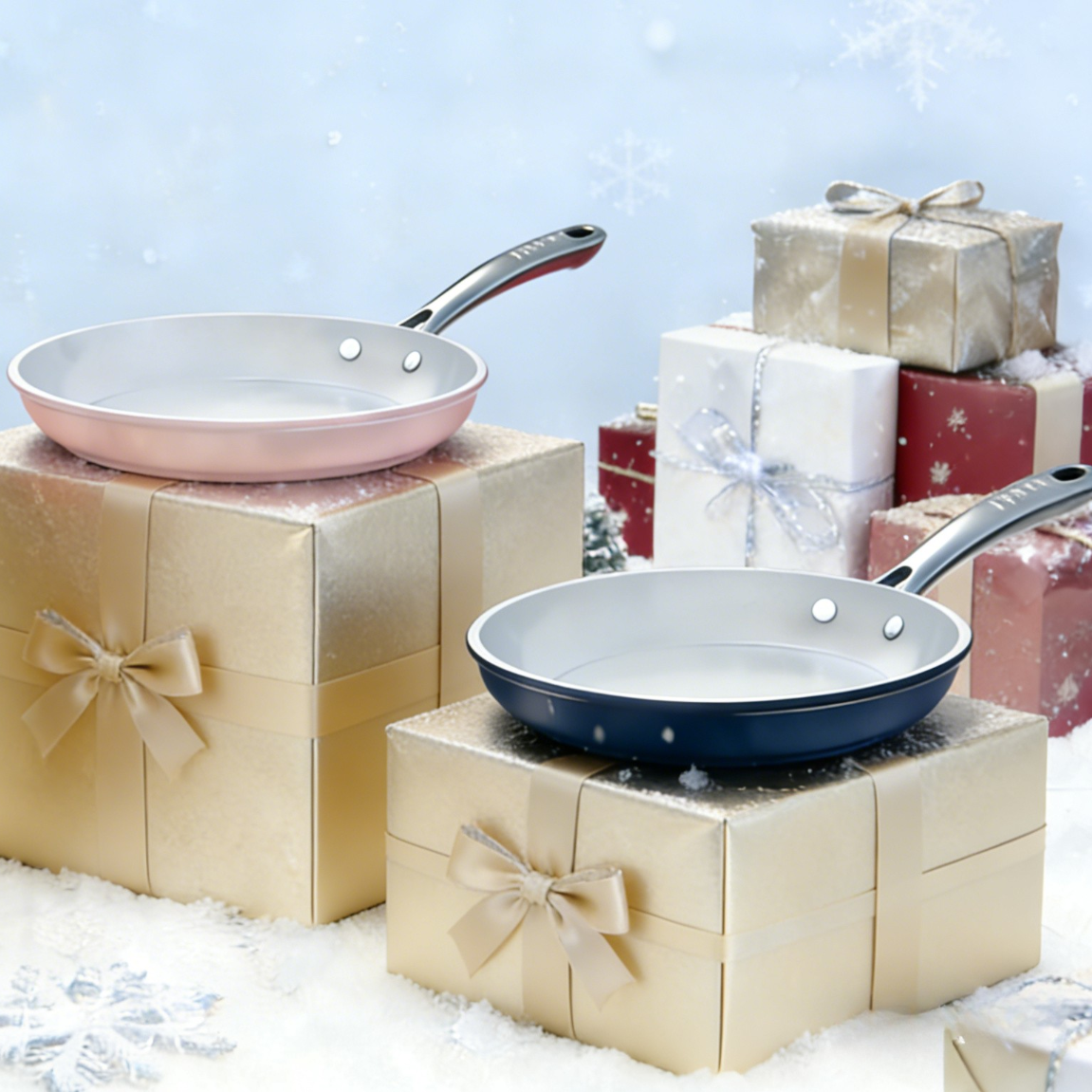
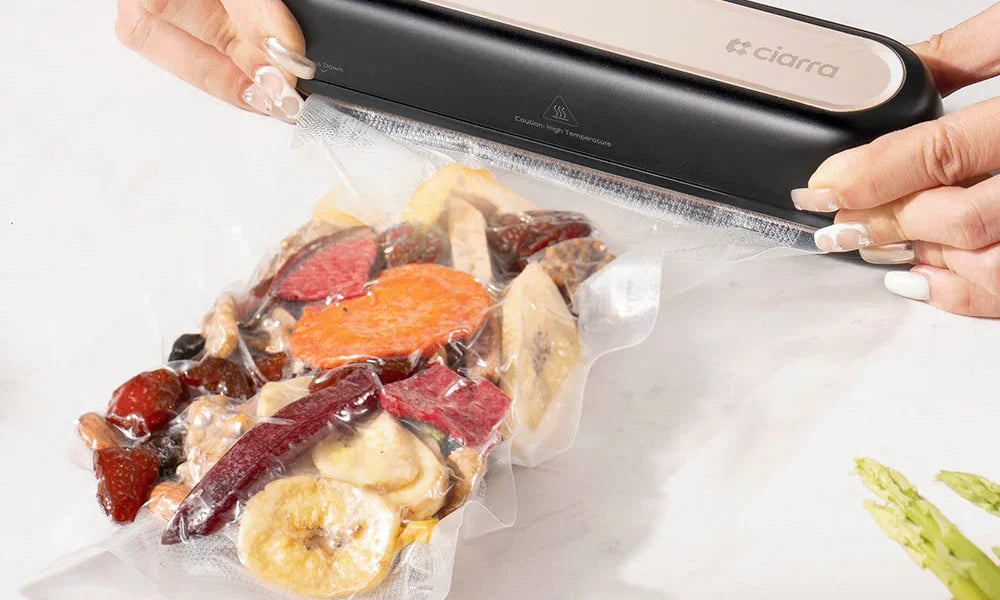
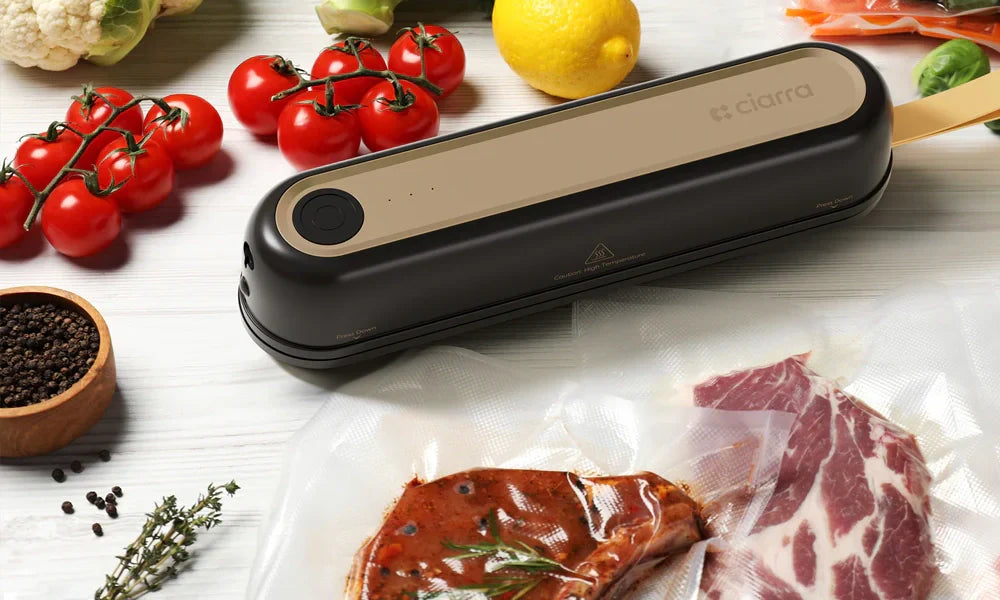
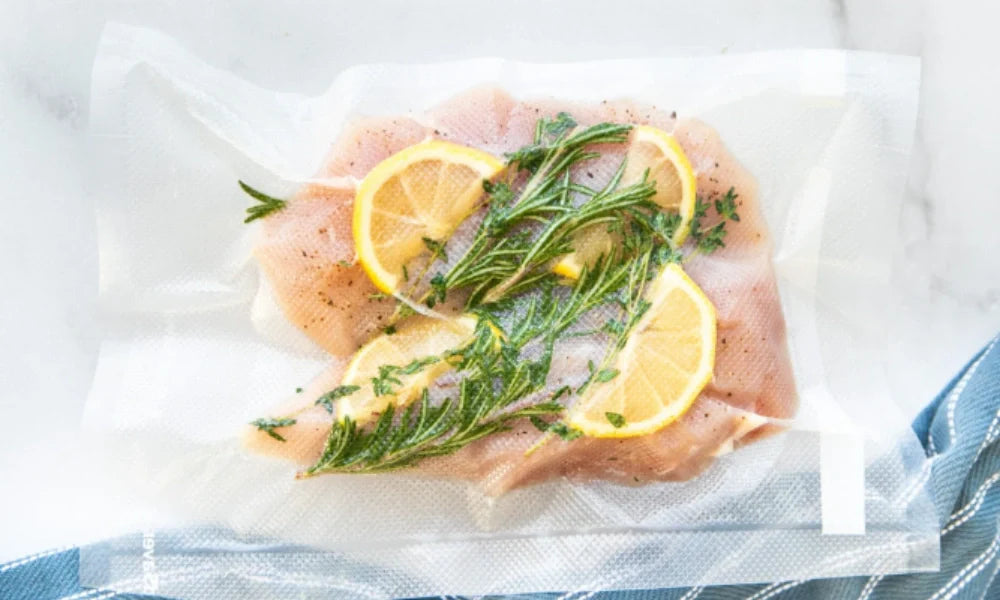
Leave a comment
All comments are moderated before being published.
This site is protected by hCaptcha and the hCaptcha Privacy Policy and Terms of Service apply.